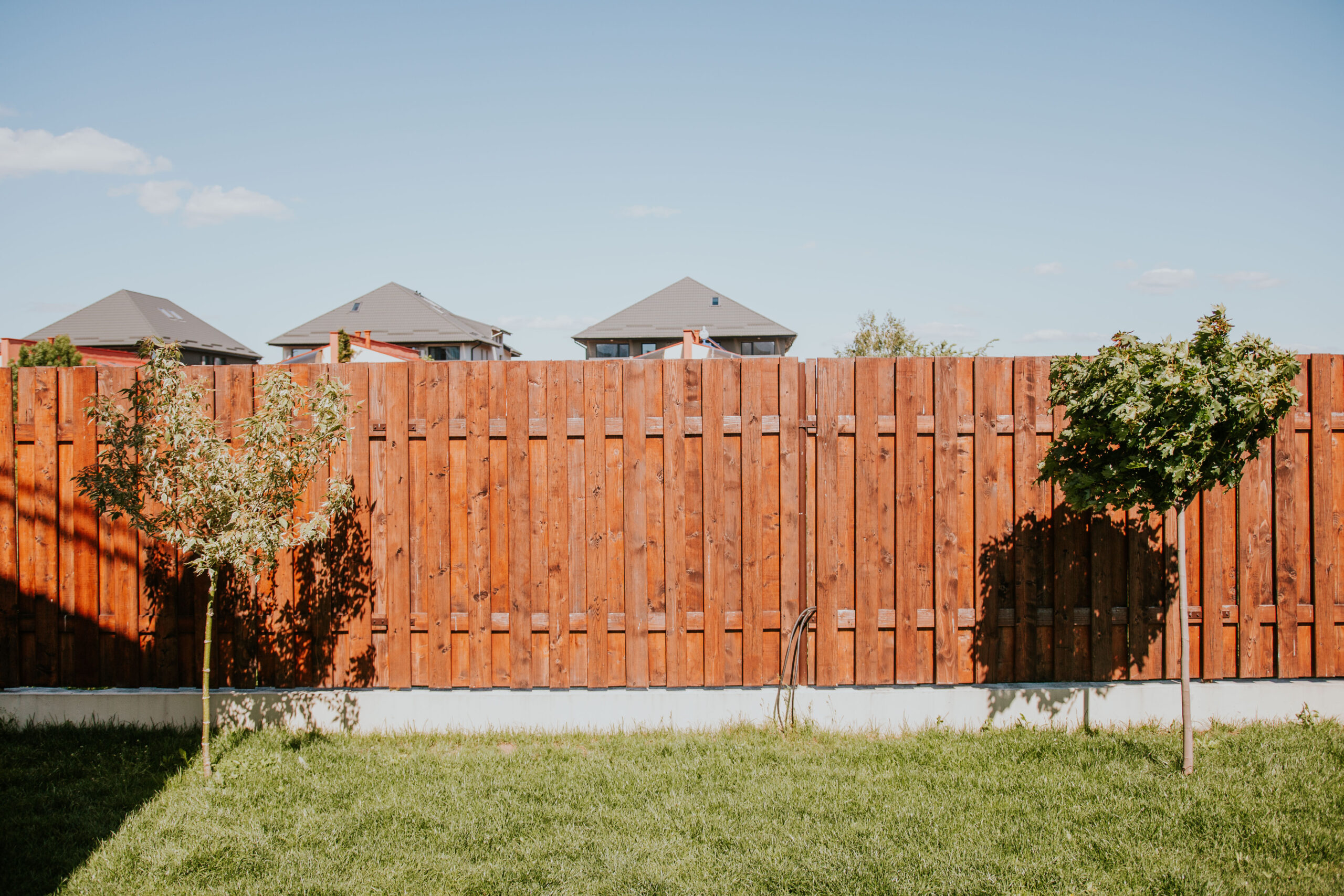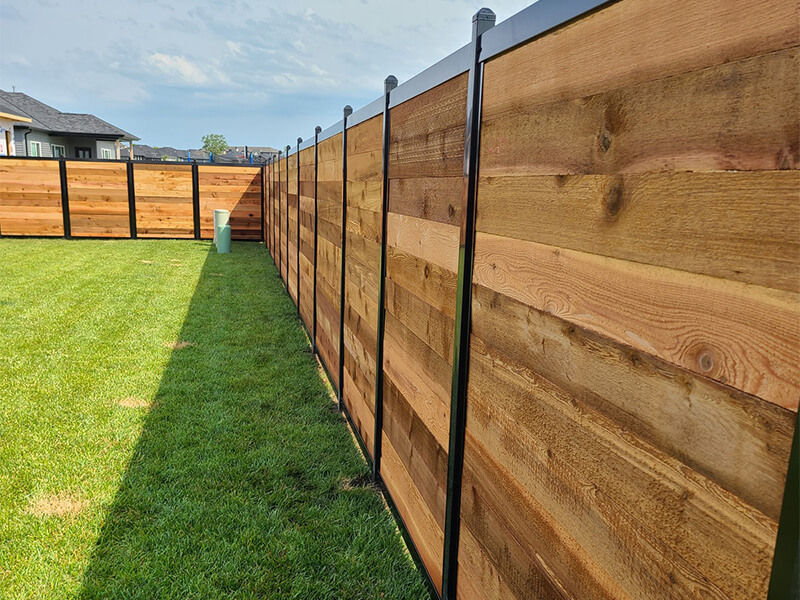Featured

As sustainability becomes a significantly crucial factor to consider for home owners, more individuals are transforming to green fence materials. Whether you're constructing a fence for privacy, security, or visual purposes, picking materials that lessen ecological impact is a great means to add to a much healthier world. Here's a check out the top environmentally friendly fence materials readily available today and their benefits.
- Bamboo Secure Fencing: Eco-friendly and fast-growing. Bamboo is just one of the most sustainable fencing products on the marketplace. Unlike standard timber, bamboo is incredibly fast-growing, which means it can be gathered without diminishing forests. This makes it a highly sustainable resource, with some varieties expanding up to three feet in a solitary day.
Ecological Benefits: Bamboo takes in more co2 than many various other plants, assisting to balance out greenhouse gases. Its fast development rate indicates it can be harvested regularly, making it a renewable material. Durability: Bamboo fences are naturally resistant to bugs and degeneration, especially when effectively treated, minimizing the need for chemical therapies. Visual Charm: Bamboo supplies a distinct, all-natural appearance that complements both modern-day and typical landscape design designs. Nevertheless, while bamboo is a fantastic choice, it is necessary to make sure that the bamboo made use of is properly sourced to prevent adding to environmental destruction.
- Recycled Steel Secure Fencing: Sturdy and Multiple-use. Recycled metal secure fencing, such as aluminum or steel, uses a green option to conventional wood fencings. These steels are usually made from recycled products, reducing the need for brand-new mining and the environmental influence related to removing basic materials.

Ecological Advantages: Steels like light weight aluminum and steel are 100% recyclable, meaning they can be reused and repurposed indefinitely without losing quality. Resilience: Metal fences are extremely sturdy, immune to weather, bugs, and use, making them a durable selection that does not require to be changed regularly. Reduced Maintenance: Recycled steel fencings need marginal upkeep and do not require to be painted or sealed regularly, minimizing the demand for additional chemicals. The main disadvantage is that metal fencings might not offer the very same privacy as timber or plastic alternatives, as they can have voids depending on the style.
- Recycled Wood Secure Fencing: All-natural and lasting. For those who enjoy the timeless look of timber but desire an environment-friendly option, recycled timber fence is an exceptional selection. This product is made from redeemed wood from old structures, pallets, and even furniture, diverting these materials from land fills.
Environmental Advantages: Making use of recycled timber prevents the requirement to lower brand-new trees, aiding to conserve woodlands and reduce deforestation. Aesthetic Allure: Recycled timber uses a rustic, all-natural appearance and can be customized to match any home design. Sustainability: Given that it is sourced from existing timber items, recycled timber does not need brand-new handling, which reduces power intake and carbon exhausts. While recycled timber fencings are an eco-friendly choice, they might call for more maintenance gradually than metal or bamboo fences, as wood can be vulnerable to degeneration and bugs otherwise appropriately treated.

- Living Fences: Natural and Environment-friendly. Living fencings, which are made from thick growings like bushes, trees, or bushes, use a entirely natural and eco-friendly alternative to standard fencing materials. These fences not only offer privacy but also enhance your garden with beautiful greenery.
Ecological Benefits: Living fences can absorb carbon dioxide, supply environment for wild animals, and enhance air high quality. Sound Reduction: Dense growings can work as natural sound barriers, reducing web traffic sound or various other undesirable sounds. Visual Charm: They add a soft, all-natural aesthetic to any kind of residential property and can be customized to fit any layout. While living fencings are environment-friendly, they do require routine maintenance such as pruning, watering, and often pest control.
- Hemp Secure Fencing: Eco-friendly and Solid. Hemp is one more lasting product that has actually made its method right into the fencing market. Hemp fences are made from solid hemp fibers that are woven together to produce long lasting and environmentally friendly panels.
Ecological Benefits: Hemp grows rapidly and calls for marginal water, making it a resource-efficient plant. The product is naturally degradable and can be composted when no more needed. Stamina and Sturdiness: Hemp fence is surprisingly strong and weather-resistant, making it appropriate for many climates. Sustainability: Hemp farming needs fewer pesticides and fertilizers than traditional plants, making it an environmentally responsible choice. Hemp secure fencing may not be as commonly readily available as other materials, depending on your location.
Verdict: Sustainable Choices for Every Demand. Picking eco-friendly secure fencing products is a great way to minimize your ecological footprint while still attaining the privacy, safety, and visual you want. From fast-growing bamboo to recycled wood and steel, there are a range of sustainable alternatives that can assist you create a beautiful, practical fencing while sustaining a healthier planet. By considering variables such as durability, maintenance, and environmental influence, you can pick the ideal environment-friendly secure fencing product for your needs and way of life.
Latest Posts
Enhance Your Home's Outside with Weathercraft's Home siding Solutions
Published May 27, 25
1 min read
Comprehending Roofing Guarantees: What Homeowners Need To Know
Published May 22, 25
1 min read
Dependable Industrial Roof Covering Providers by Weathercraft
Published May 22, 25
2 min read